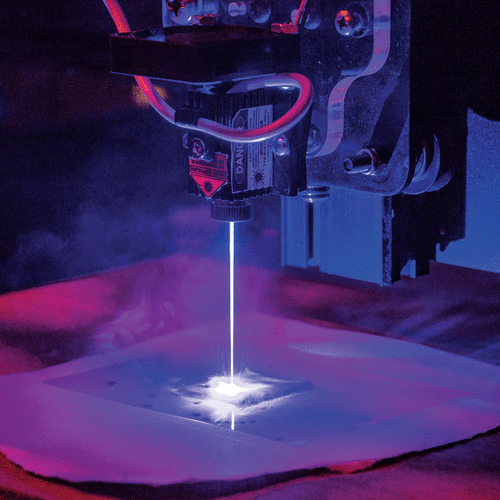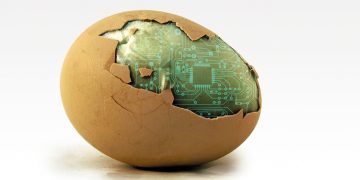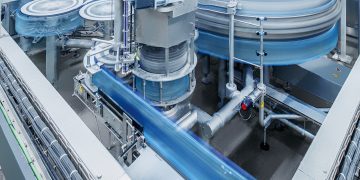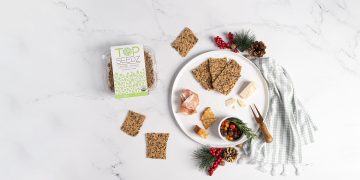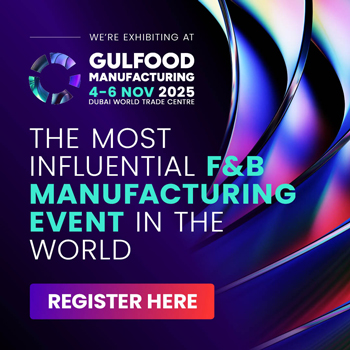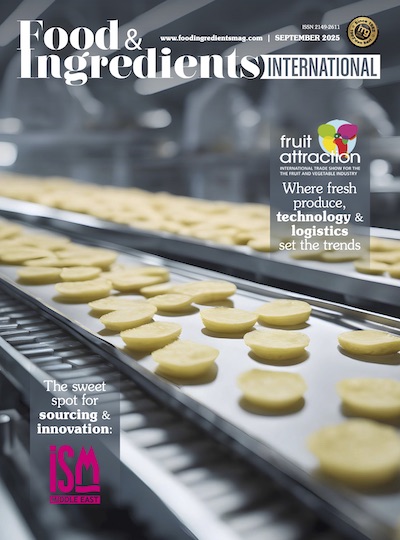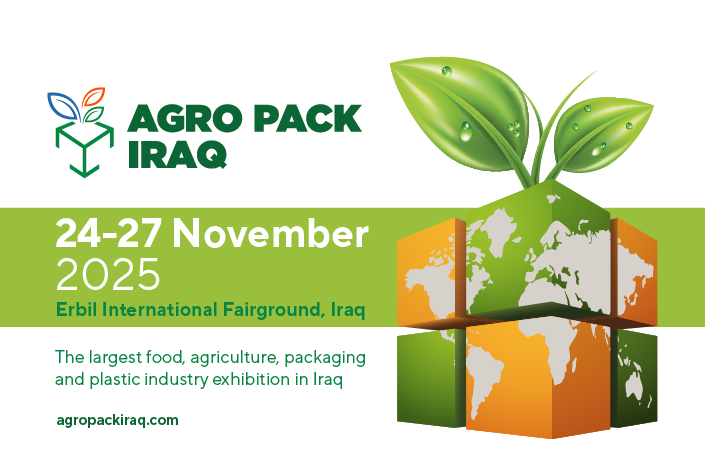Prerna Singh and Alok Ragha – Consumption of food by customers has become highly demanding as they require taste, look and nutrition at the same time. There are two approaches for this demand. First is using a material set that is large enough to please all consumers’ wants or using a small material set that can be combined in varying ratios. Clearly the latter choice is more reasonable and manageable. 3D Food printing is a technique to manufacture food in a personalized manner, and it represents one alternative to satisfy this demand.
Bringing the food industry to the digital era is one of the important and ground-breaking applications of 3D printing
At the first sound of it 3D printing can be associated with metals, sophisticated machinery, plastic and other materials molding, it can be associated with anything but a delicate french dessert. The concept of 3D food printing seems like a farfetched and nonsynchronous application for 3D Printing technologies. Reasonable use of 3D printing technology can be applied for valuable effects regarding human health and diseases. It is a customized approach towards the health need of an individual which satisfies both taste and medicinal requirement. Geometric complexity and mass customization are the two key skills which give 3D printing an edge over other manufacturing techniques. It differs from other conventional manufacturing techniques where material is removed or formed by extrusion by adopting a layer by layer process to give the final outcome. This technique offers an economic alternative to make highly multifarious forms than uncomplicated identically filled forms. The reason behind that is it uses less material and by extension less machine time to solidify a less dense, but more complex shape. When compared with rapid prototyping via machining, 3D printing can be several orders of magnitude cheaper for highly complex parts. Bringing the food industry to the digital age is one of the essential and revolutionary applications of 3D printing the manufacturing process many changes occur in the properties of the used material. Current innovations in the technology even allow combination of solid and liquid materials into a unified part. It is also a cost effective technology since it is tool-free and computer driven and the setup cost for 3D printing of different shapes and sizes is very less. Therefore, a production cost is directly proportional to the number of items being manufactured. Because it’s a computer driven technology with a well-developed shape processing software for each machine, it’s possible to drive the process directly from 3D designs, voxelized data structures or pure functional code. Thus 3D food printing seems like an easy and cost effective alternative for mass production and customized dietary value of eatables based on the consumer driven data.
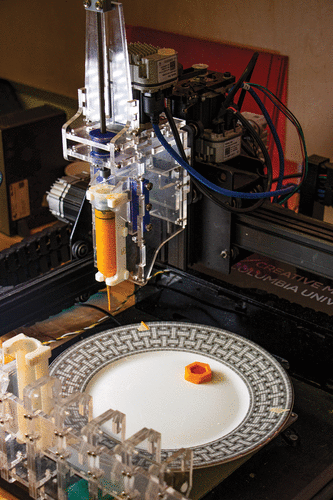 The basics of 3D food printing
The basics of 3D food printing
3D food printers in existence today are mostly deposition printers, meaning they deposit layers of raw material in a process known as additive manufacturing. A recent kind of 3D printer – binding printers – adhere materials together with a kind of edible cement.
3D food printers nowadays makes use of nozzles, fine material, lasers, and robotic arms to make sugar sculptures, ornate chocolate, and decorative pastry and is much more intricate. One printer in particular, the ChefJet from 3D Systems, crystallizes thin layers of fine-grain sugar into a variety of geometric shapes. The Choc Edge from Barcelona-based Natural Foods, dispenses chocolate from nozzles in beautiful patterns.
Another masterpiece is Cutting-edge printers which can perform even more intricate tasks. For example, the Foodini, uses fresh ingredients loaded into stainless steel molds to make foods like pizza, stuffed pasta, quiche, and brownies. Pasta-maker Barilla’s machine prints noodles with water and semolina flour. And a prototype design by Hod Lipson, a professor of mechanical engineering at Columbia, fabricates nutrition bars and simple pastries.
There are several benefits and reasons behind this revolutionary technology. 3D food printing offers a range of potential benefits. It can be healthy and beneficial for the environment because it can help to convert ingredients such as proteins from algae, beet leaves, or insects into flavorsome foodstuffs. It also creates new ways for food customization and therefore adjusts with individual needs and preferences. The global population is expected to grow to an estimated 9.6 billion people by 2050, and some analysts’ project that food production will need to be raised by 50 percent to maintain current levels. It can be stated that 3D food printing will be able to contribute to a solution if not solve it altogether.


